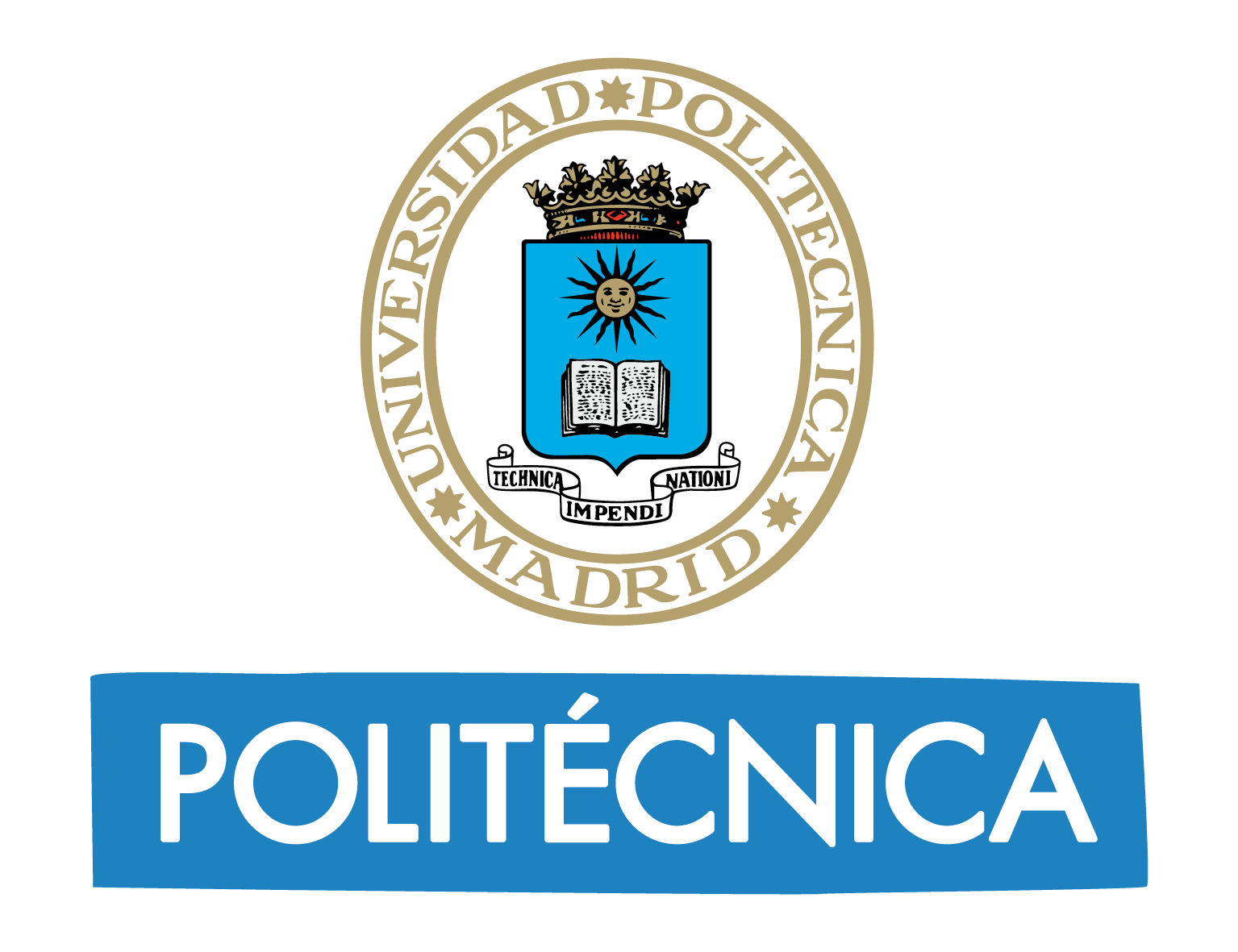UPM researchers seek to improve the tools for aerodynamic simulation
The ASIMIA project, funded by the European Union’s Horizon 2020 programme, aims to achieve a new generation of CFD tools with a high level of accuracy and efficiency, using high order methods.
15.06.20
Researchers from the Centre for Computational Simulationof the Universidad Politécnica de Madrid (CCS-UPM), lead by professor Esteban Ferrer from the School of Aeronautics (ETSIAE) are developing the research project ASIMIA (Advanced High-Order Simulation Methods for Industrial Applications), an innovative University-Industry collaboration to improve the predictive capabilities of current aerodynamic simulation tools and for their industrial use.
Currently, simulation tools based on Computational Fluid Dynamics (CFD) use low-order approximations (typically second-order). However, there are new, more efficient methods, the so-called higher order methods, which are based on the introduction of higher order polynomials, within each computational element, allowing a better approximation of the numerical solution. In doing so, the accuracy of the solution improves and the numerical error decreases exponentially.
Vortices that detach from a wing at high angle of attack. The comparison shows that using a high-order method, the fluid structures (or vortices) are preserved while with a classical low-order code, the numerical errors tend to dissipate the flow structures, offering an unrealistic flow.
“ASIMIA is based on the premise of the great potential of higher order methods to achieve greater accuracy in complex calculations. This leads to a more efficient design process, lower costs and reduced time to market for new products in industry”, explains professor Ferrer.
The adequacy of high order methods for CFD in industry still requires a great deal of effort. That is where this project, coordinated by Professor Charles Hirsch, director of NUMECA (SME and CFD software developer in Brussels), can act by removing some of the current limitations and to bring about a new generation of CFD tools with a high level of efficiency, robustness and maturity. The horizon of this project is 4 years.
Three participating industrial partners
FD is a must in high-tech industries. The industrial requirements of more computational simulation to reduce testing on physical prototypes, involves the use of numerical tools that offer advanced accuracy, reliability and ability to increase the geometric and physical complexity of new designs.ç
Turbine blades in turbulent regime simulated with a high order code. The high accuracy allows to capture turbulent structures of multiple scales.
This is why ASIMIA has seek the collaboration of three industrial partners from three very different sectors, but with one common denominator: they are all recognised as being highly innovative. On the one hand, Airbus, leader in aircraft manufacturing and with a close collaboration with both CCS-UPM and ETSIAE, is interested in this case in the development of numerical methods for aircraft design. On the other hand, McLaren F1, one of the oldest and most important teams in Formula 1, seeks to improve the performance of racing cars. Finally, Dyson Ltd, the British technology company that designs and manufactures household appliances, considered the most innovative with hundreds of patents.
A lot to improve
Some of the new challenges to be tackled by ASIMIA include: multiphase flows (e.g. air and water); adaptations strategies for complex flows; fast iterative solvers; turbulence models for RANS and RANS-LES hybrid applications; fluid-thermal coupling, and fluid-structure interactions.
Esteban Ferrer is professor of applied mathematics and researcher at ETSIAE-UPM, with more than 17 years of experience in numerical techniques for fluid dynamics.
PhD students in the project
Another of ASIMIA's objectives is to consolidate a joint PhD training programme to promote research in fluid dynamics and multi-physics numerical simulations. For this reason, its research team includes 5 PhD students from the ETSIAE, who will be trained and will work over the next three years on the development of high order methods.


